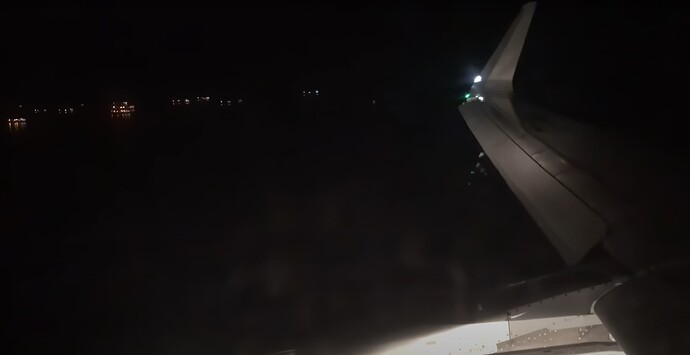Enhanced Temporal Illumination for Realistic Lighting Cycles
In MSFS, the temporal illumination often causes programmed light cycles, like anti-collision or strobe lights, to appear off-timed. Real-world aircraft lights flash in precise cycles, but MSFS’s fading and ghosting effect extends their visibility beyond the programmed timing, creating an unrealistic effect. Lights with real-world timed cycles drift off-sync, fade in and out, or flash at irregular speeds, and feel out of rhythm with how they are actually programmed to behave due to the temporal illumination system.
Support for Emissive Textures on Translucent Materials
In real life, specifically on the Airbus A320 family equipped with sharklets (e.g the A320neo), one can often spot for example the strobe lights illuminate parts of the glass housing around the light source, creating a glow or “afterglow” effect that lights up the entire housing, it is quite an iconic and well known effect amongst aviation enthusiasts who regularly fly the A320. Currently, MSFS doesn’t allow translucent materials to support emissive textures, therefore also making this impossible to develop, and the strobe light source flickers in and out of view depending on perspective, not having real reflective behaviours, you can only see the light if you are in direct line of sight with the light source currently, which is incorrect behaviour.
Example of the upper strobe light illuminating the translucent casing surrounding it in real life
